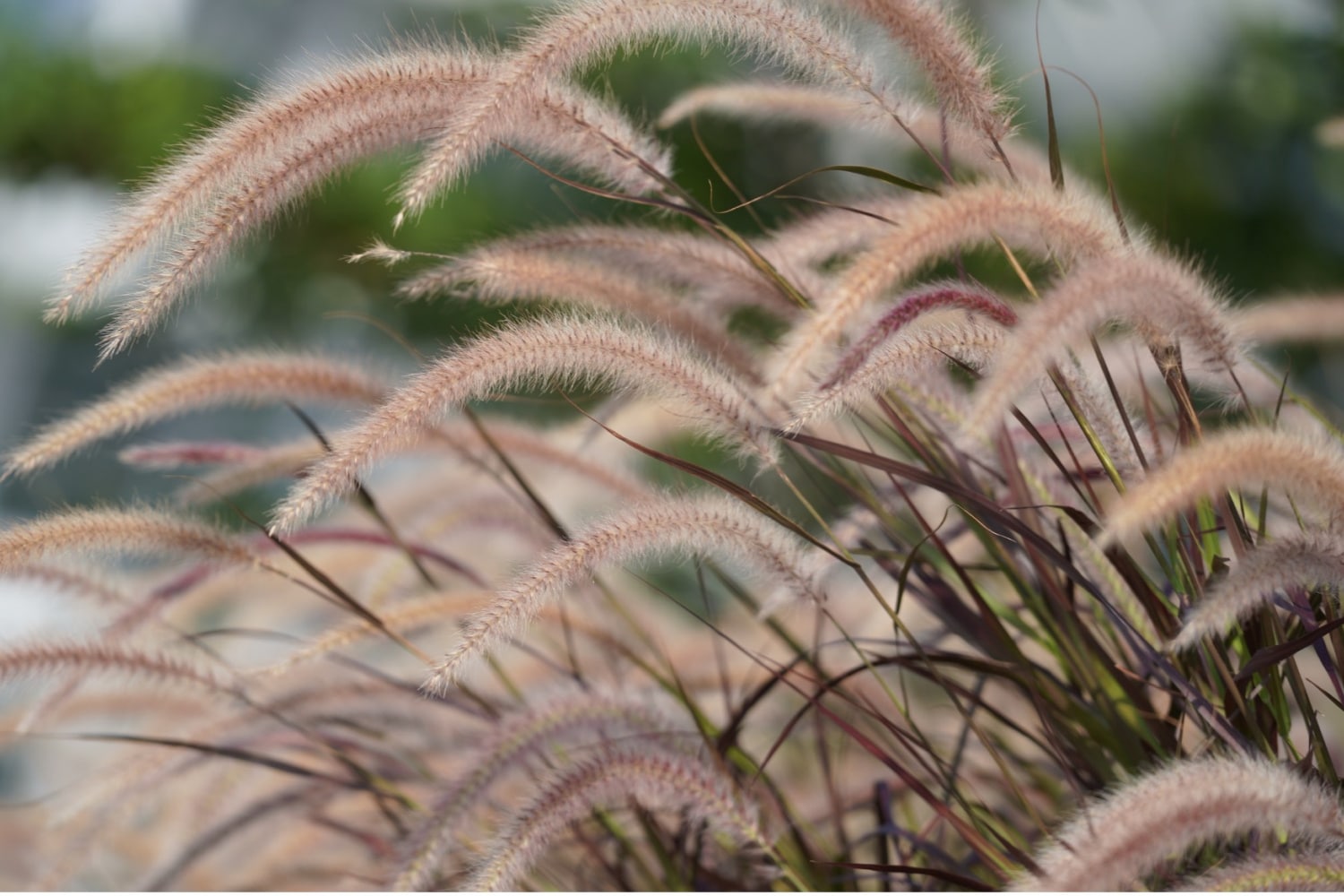
Perhaps your dream was borne from you inheriting a garden from the previous homeowner and feel disconnected to it. You wish to put your own stamp on it, that expresses what’s important to you and have a sense of ownership over it.
Or perhaps it began with the thought, “my garden is so drab and uninviting, I want a garden that draws the family outside.” It might be that you are building a new home and the garden is a blank canvas giving rise to an exciting opportunity where you create a garden that is very much you!Dreams have a vagueness to them until contemplated upon. You close your eyes and suddenly you feel yourself relaxing in a lounge chair, or hear your kids play on the grass, the breeze touches your skin, and your partner asks, “would you like me to bring you an Aperol Spritz?”
There comes a moment when the dream begins to take shape and move more into a desire. Suddenly the conversation can turn to, “I’d love a garden that our family and friends want to spend time in. A place that makes use of the space and has looks beautiful.”
At this point, inclusion of key elements starts to develop. “Have we the space for a pool? The kids would love a basketball court. I’d love to have a lemon tree and herb garden.” …
Designers could create a plan for you that you enjoy, independent of asking you any questions. However, a garden is a ‘portrait of you’. Your personal style; appreciation for aesthetics; how you wish to spend time with others; what you value most important, I.e., your priorities; etc. are all key ingredients that need to be identified, if you are to create a garden that resonates at the highest level of affinity for you. The investment of effort you make emotionally, in the creation of your ideal garden, has a huge part to play in the outcome.
And so, before you talk with a designer, enjoy the time researching what resonates with you. Perhaps you think, “I’d love a wood fired pizza oven where we can have others around and the kids can make their own.”, Or as some mothers have said to me, “I want a pool where my kids can invite friends over and I can spend time with them and know they are safe.”
Separate the functional reasons from the aesthetic one. E.g., how much room would be required for a basketball half court? Or, looking at aesthetic desires, would you like to add aa sculpture? It can also be useful to separate the needs from the wants.
Visiting gardens and being aware of what attracts you, is a great place to start. And sourcing great showrooms for timber, stone, lighting, etc., will all culminate in a more refined wish list.
Plants are another vital component of any garden. And so, observing plants and discovering what makes you smile, will allow you to refine what to include in the brief you will provide your designer. Go to Melbourne Botanical Gardens and walk around and gaze at the various species. It is a great day out to visit and you can photograph plants that appeal to you. Or look up Open Gardens online and find out where you can visit people’s homes to view their creations. You may only spend 30 minutes walking through a garden, but that time can be invaluable in generating ideas you wish to include in you design.
I have long believed that the role of a designer has an element on being a councilor. You must be able to ask questions and discover deeper ‘whys’ to answers to discover what motivates and inspires. It is by tapping into these answers that the designer can work their creative magic and bring to life, that which you will admire and benefit from. I call this illuminating the path, thus allowing the discovery of hidden desires.
Everyone is an artist inside, for what is art but an expression of a thought as a concept. We see artists as exceptional beings and they are, for they bring us everything we hold as important in life. Most of us just need a guide that can work with us in asking the right questions and guiding thought to the right conclusions, with the thoughts evaluated by the owner of that thought.
Research allows a cognitive spark to fire continually, thus generating an art piece, or in this case, your ideal garden.
Enjoy this phase and gather a concept of what would thrill you to have as your garden.